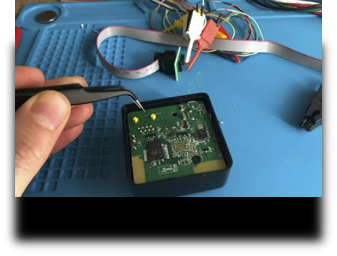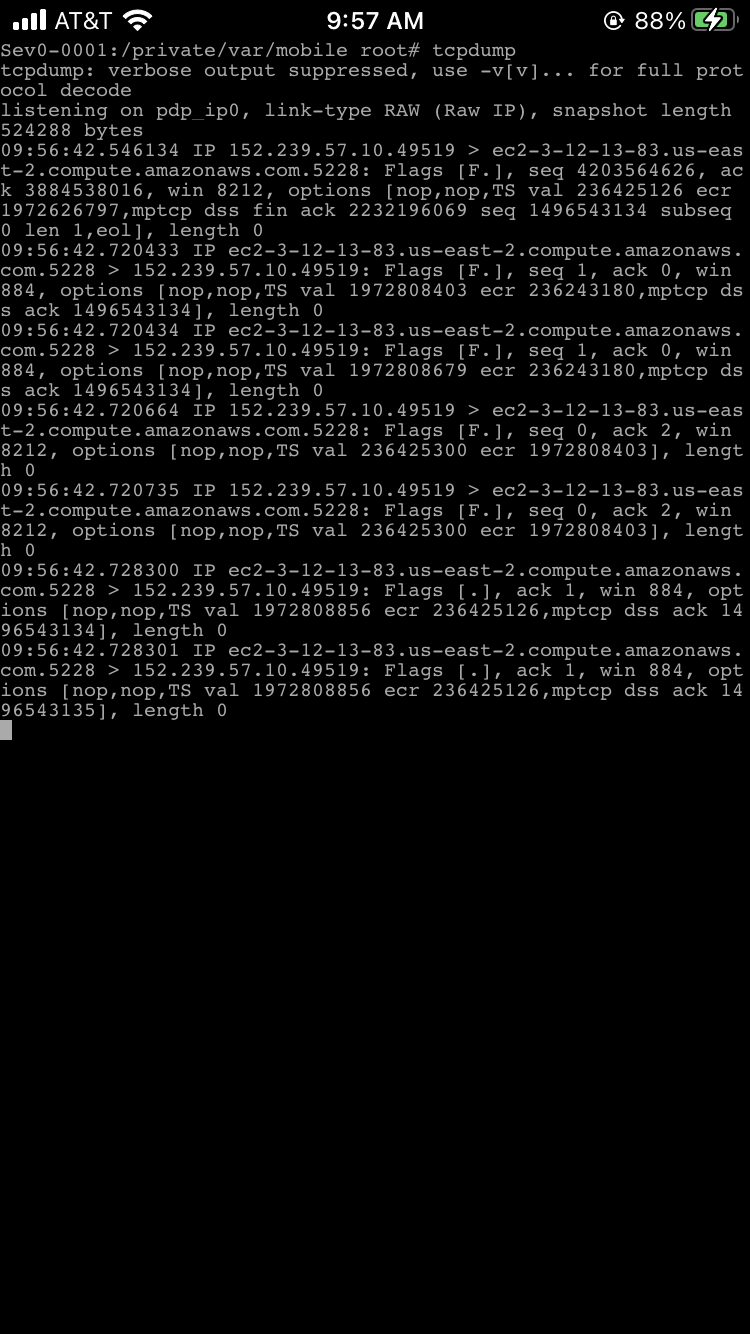As IoT devices proliferate across industries and homes, firmware security is becoming a cornerstone of cybersecurity. Firmware serves as the foundational software that enables an IoT device to operate, and vulnerabilities within firmware can create pathways for cybercriminals to infiltrate networks, manipulate data, or disrupt operations. This post delves into the essentials of firmware security for IoT devices, exploring why it’s critical, the top risks, and best practices for securing firmware across various environments.
What is Firmware and Why is It Important?
Firmware is a low-level software embedded within IoT devices, controlling their basic functions and acting as a bridge between hardware and higher-level software. For IoT devices, firmware directs actions, processes data, and maintains communication protocols, essentially enabling the device to fulfill its purpose. Consider firmware its operating system and programs inside the device.
However, firmware is often neglected in security discussions, typically because of the closed-nature of IoT devices and limited visibility inside the device. This oversight is risky because firmware vulnerabilities, once exploited, can compromise device integrity and allow attackers to control or disable IoT devices. From smart home gadgets to industrial sensors, firmware security is fundamental to ensuring safe and reliable IoT operations.
Common Firmware Vulnerabilities in IoT Devices
IoT firmware vulnerabilities vary widely across device types, but several common issues put devices at risk. Understanding these weaknesses can help organizations and users take steps toward protecting their devices.
- Hardcoded Credentials
Some IoT firmware comes with hardcoded usernames and passwords, allowing easy, persistent access for attackers. These credentials often can’t be changed by users, making devices particularly vulnerable. - Outdated Firmware
Many IoT devices run on outdated firmware with known vulnerabilities because manufacturers either don’t issue updates or users aren’t aware of them. Outdated firmware is a prime target for attackers who can exploit unpatched flaws. - Unencrypted Communication
Devices that transmit data unencrypted are susceptible to man-in-the-middle (MITM) attacks, allowing hackers to intercept and manipulate data. Encryption is especially critical for devices transmitting sensitive data, such as health or financial information. - Insecure Boot Process
The boot process is the initial phase when a device powers up, loading the firmware to get the device operational. Insecure boot processes make it possible for attackers to insert malicious code that will execute each time the device powers on. - Lack of Secure Update Mechanisms
Devices that lack secure update mechanisms can be tampered with by attackers who inject malware through fake updates or exploit the lack of authentication during the update process. - Backdoor and Debug Mode Enabled
During development and testing, vendors utilize debug modes to develop on the device. in some cases this debug mode is left on, or easily enabled. This is a large risk as it sometimes allows access into the device and the data inside.
How Hackers Exploit Firmware
Hackers target firmware in various ways to gain control over IoT devices. Here are some common attack techniques:
- Firmware Injection Attacks
Attackers inject malicious code into firmware, enabling them to take control of a device remotely. This type of attack often goes unnoticed as the malware is deeply embedded and hard to detect with conventional antivirus software. This typically requires physical access to the device to perform this attack. - Firmware Modification via Physical Access
In cases where attackers can physically access a device, they may modify firmware directly, installing rootkits or other persistent malware. This type of attack is common with devices in unsecured locations, such as public kiosks or unattended industrial sensors. - Supply Chain Attacks
Attackers may introduce compromised firmware during the manufacturing or distribution stages, ensuring that devices are infected before they even reach consumers. This can also happen on the update channels for firmware. For high-stakes targets, such as critical infrastructure, these attacks can be devastating. - Over-the-Air (OTA) Update Exploitation
Many IoT devices use OTA updates to install new firmware. Attackers could potentially exploit insecure OTA processes by intercepting and replacing update files with malicious firmware, which is then downloaded and executed on the device.
Best Practices for Securing IoT Firmware
Securing firmware is essential for all IoT devices. Below are best practices to help prevent firmware attacks and ensure device integrity:
- Use Secure Boot Processes
Secure boot mechanisms ensure that only trusted firmware can run on a device. Devices using secure boot verify firmware integrity every time they start up, blocking unauthorized firmware from loading. - Implement Firmware Encryption where possible
Encrypt firmware updates to prevent unauthorized modifications during transmission. Encrypted firmware protects the device from attacks that might intercept data or insert malicious code. - Regular Firmware Updates and Patching
Ensure that all IoT devices are updated with the latest firmware patches to fix known vulnerabilities. Automated update systems are highly recommended, especially for critical devices, but this can be challenging in many cases. If automatic updates are not an option, establish a regular update schedule and maintain an inventory of device versions. This can be equally as challenging due to the limited nature into visibility with firmware in the devices. - Enforce Firmware Code Signing
Code signing involves adding a digital signature to firmware updates, ensuring authenticity and preventing tampering. Only trusted firmware updates are accepted by devices using this security measure, reducing the risk of compromised firmware. - Restrict Physical Access to Devices
Physical access provides attackers with opportunities to tamper with firmware. Protect IoT devices by placing them in secure locations or enclosures, particularly in public areas or environments where devices may be left unattended. Vendors can also remove or disable serial and other i/o before releasing devices into production to prevent tampering with the internals. - Employ Monitoring for Anomalies
Use monitoring tools to detect unusual behavior in IoT devices, such as unexpected reboots, unauthorized access attempts, or irregular data transmissions. Anomaly detection can signal a potential firmware compromise, enabling rapid response.
Firmware Security in Different Sectors
The importance of firmware security varies across sectors, each with unique requirements and challenges.
1. Healthcare
In the healthcare industry, IoT devices like patient monitors and wearable sensors collect and transmit sensitive data. Firmware security is essential to protect patient privacy and device integrity, with healthcare organizations following guidelines such as FDA’s cybersecurity standards and adopting secure update mechanisms to ensure patient safety.
2. Manufacturing and Industrial IoT (IIoT)
Industrial IoT devices are used to monitor and control manufacturing processes, making firmware security critical for maintaining operational integrity. Compromised firmware in IIoT devices could disrupt production lines, impact product quality, or even create dangerous conditions for workers. Secure boot and OTA updates are especially valuable in industrial settings.
3. Smart Home Devices
Smart home IoT devices, such as security cameras and smart thermostats, may seem low-risk but still require secure firmware to prevent unauthorized access. Firmware vulnerabilities in home devices can expose networks to attacks, so encryption and secure OTA updates are key in this sector.
4. Critical Infrastructure
IoT devices in critical infrastructure, such as energy grids and transportation systems, require the highest levels of firmware security. A firmware compromise could lead to power outages, safety hazards, or significant financial losses. In these sectors, firmware must be protected by end-to-end encryption, secure boot, and anomaly detection to ensure operational safety.
Prioritizing Firmware Security for Future Resilience
Firmware security is a fundamental layer of IoT security that is often overlooked but essential for protecting devices and data from cyber threats. By implementing secure boot, firmware encryption, code signing, and regular updates, organizations can significantly reduce the risk of firmware attacks. As IoT continues to grow, prioritizing firmware security will be critical for businesses to maintain resilience and trust.
From healthcare and manufacturing to smart homes and critical infrastructure, firmware security must be addressed at every level. Taking proactive steps today to secure firmware in IoT devices ensures stronger cybersecurity for tomorrow’s interconnected world.

Firmware security must be addressed at every level.
Significantly reduce the risk of firmware attacks with Severity Zero.







